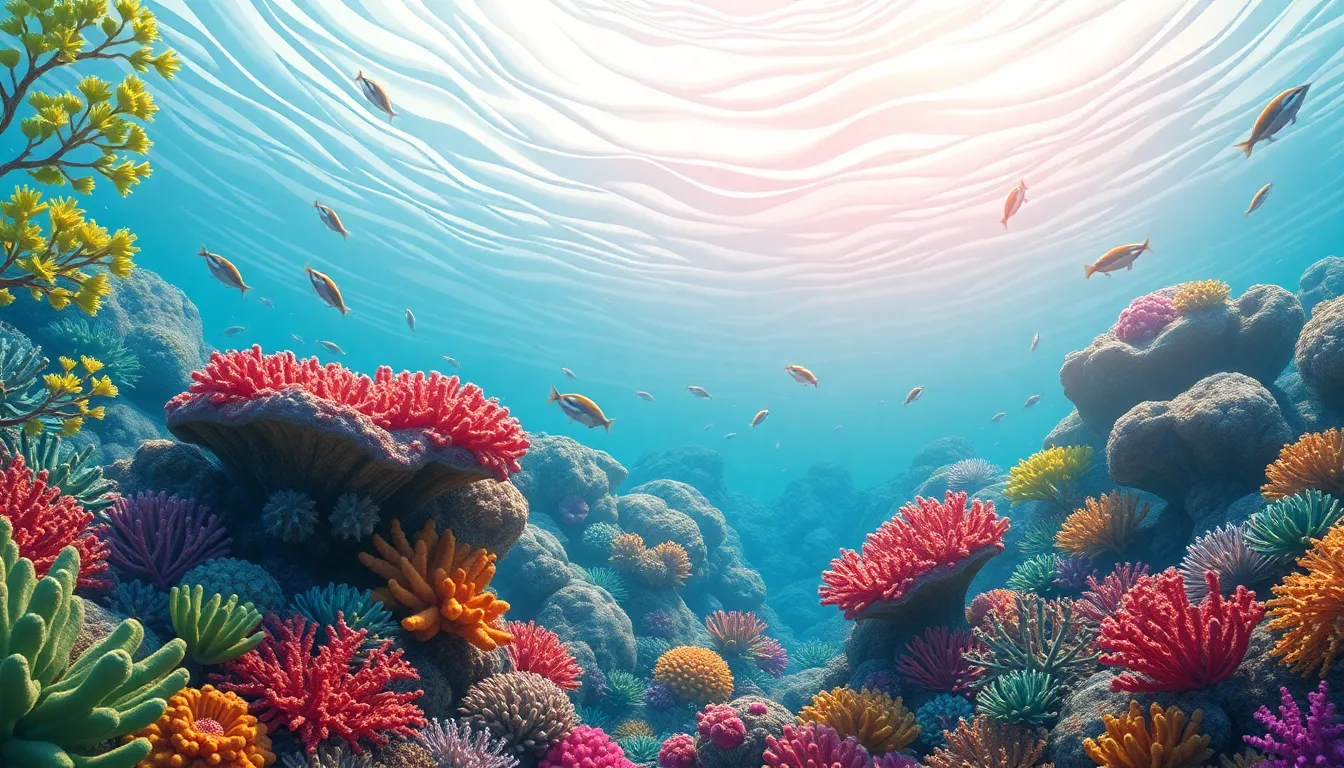
🌊 the Amazing World of Coral Reefs
Introduction
Imagine a bustling underwater city made of living rock, where colorful fish zip around, turtles glide by, and tiny sea animals work together like teammates. That’s a Coral Reef! In this guide you’ll learn new words, discover why reefs matter, see how they can be harmed, and even try a simple experiment at home.
1. What Is a Coral Reef?
- Coral isn’t a plant—it’s a colony of tiny animals called Polyps.
- Each polyp builds a tiny, hard skeleton made of Calcium Carbonate (the same stuff that makes seashells).
- When millions of polyps grow side‑by‑side, their skeletons pile up and form the massive structures we call reefs.
Did You Know?
A single reef can be Larger Than A City—the Great Barrier Reef stretches over 2,300 kilometers (about 1,400 miles)!
Vocabulary Boost
| Word | Meaning (kid‑friendly) |
|---|---|
| Polyps | Tiny, soft‑bodied animals that live in tubes and make the coral “building blocks.” |
| Calcium Carbonate | A chalky material that helps coral create a hard shell. |
| Ecosystem | A community of living things (plants, animals, microbes) that interact with each other and their environment. |
| Symbiosis | A close partnership where both sides help each other survive. |
2. Why Are Coral Reefs Important?
- Home Sweet Home – Reefs are the Nursery for over 4,000 fish species, sea turtles, and even sharks.
- Food Factory – Many people worldwide depend on reef fish for protein.
- Coastal Protection – The reef’s rough surface acts like a natural breakwater, reducing wave energy and protecting shorelines from erosion.
- Medicine Treasure Chest – Compounds from reef organisms are being studied for new antibiotics and cancer treatments.
Cause & Effect Example:
When reefs are healthy, fish populations thrive → local fishermen catch more fish → families have enough to eat. If reefs die, the opposite happens.
3. Threats: What Can Harm a Reef?
- Climate Change → Warmer ocean water stresses corals, causing Bleaching (they lose their colorful algae partners).
- Pollution → Runoff with fertilizers adds extra nutrients, leading to Algal Blooms that smother corals.
- Overfishing → Removes key species that keep the reef balanced, allowing harmful algae to overgrow.
Cause & Effect Chain
Rising temperature → Coral polyps expel algae → Coral turns white (bleaches) → If heat continues, coral may die.
Did You Know?
A single degree Celsius rise in sea temperature can trigger massive bleaching events!
4. How You Can Help (even from Home)
- Reduce Plastic – Less plastic means fewer pieces that can break and hurt reef creatures.
- Save Energy – Turning off lights and using less water lowers greenhouse gases that warm the ocean.
- Support Reef‑friendly Products – Choose sunscreens without oxybenzone, which can damage corals.
Mini Experiment: “simulating Coral Bleaching”
What You Need
- Two clear glasses
- Warm water (about 30 °C / 86 °F)
- Cold water (room temperature)
- A piece of chalk (represents a coral skeleton)
- A drop of food coloring (